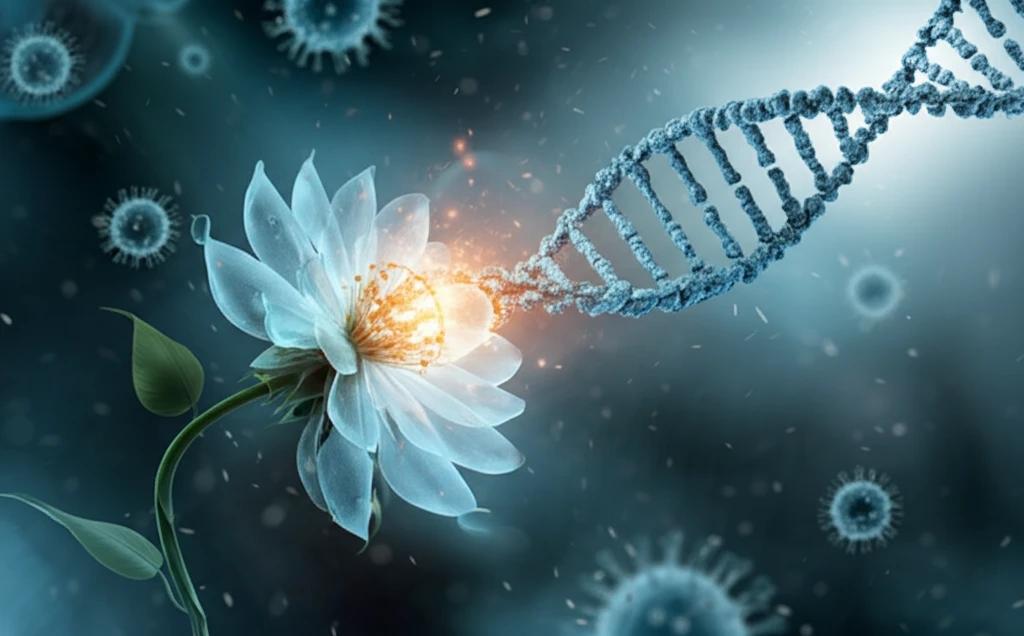
Cervical Cancer Breakthrough: How Reactivating a 'Germ Cell' Protein Could Revolutionize Treatment
"New research uncovers how the Piwil2 protein, triggered by HPV, reprograms cervical cells into aggressive tumor-initiating cells, paving the way for targeted therapies."
Cervical cancer, a disease affecting millions worldwide, has long been linked to the human papillomavirus (HPV). The HPV oncoproteins E6 and E7 are known to play a significant role in the development and progression of this cancer. But exactly how do these viral proteins transform healthy cervical cells into aggressive, tumor-forming cells? Recent research sheds light on this critical process, focusing on a protein called Piwil2.
The PIWI (P-element induced wimpy testis) family of proteins, once considered primarily important in germ cell development and stem cell self-renewal, is now recognized for its role in various cancers. The human genome has four PIWI subfamily members: Piwil1, Piwil2, Piwil3, and Piwil4. Among them, Piwil2 has emerged as a key player in tumorigenesis, with abnormal expression observed in numerous types of tumors, including cervical cancer.
A groundbreaking study has revealed that Piwil2 is reactivated by HPV oncoproteins, triggering a cascade of events that reprogram cervical epithelial cells into tumor-initiating cells (TICs). This process, regulated by epigenetic mechanisms, marks a significant step toward understanding and combating cervical cancer.
What Role Does Piwil2 Play in Cervical Cancer?

The study found that Piwil2 is consistently expressed in pre-cancerous and cancerous cervical lesions, as well as in cervical cancer cell lines. Notably, the non-HPV-infected C33a cell line was an exception, highlighting the link between HPV and Piwil2 expression.
- Knocking down Piwil2: Reduced cell proliferation and colony formation, inhibited tumor growth in vivo, decreased chemo-resistance, and lowered the proportion of cancer stem-like cells.
- Overexpressing Piwil2: Induced malignant transformation of healthy HaCaT cells and promoted the acquisition of tumor-initiating capabilities.
What's Next? Targeting Piwil2 for Cervical Cancer Treatment
This research opens up new avenues for developing targeted therapies against cervical cancer. By understanding the role of Piwil2 in cell reprogramming and tumor initiation, scientists can explore strategies to inhibit Piwil2 activity and prevent the transformation of healthy cells into cancerous ones. Further studies are needed to fully elucidate the mechanisms by which Piwil2 promotes cervical cancer development and to identify potential drug targets. However, this discovery marks a significant step forward in the fight against cervical cancer, offering hope for more effective prevention and treatment strategies.
